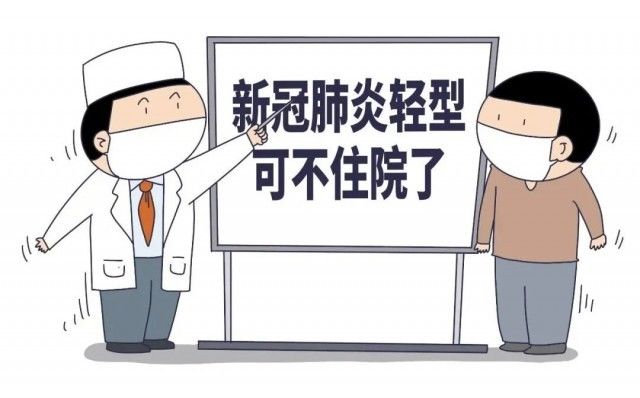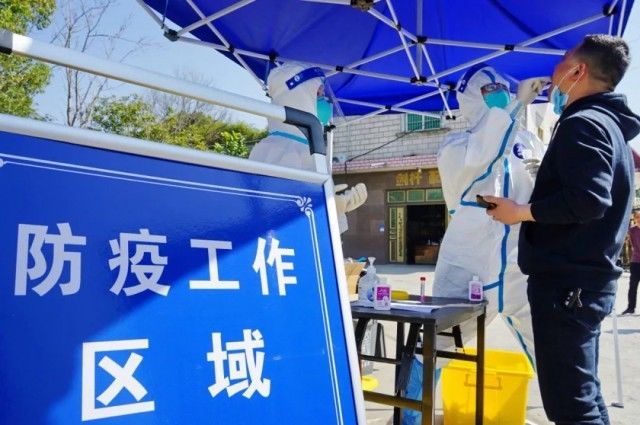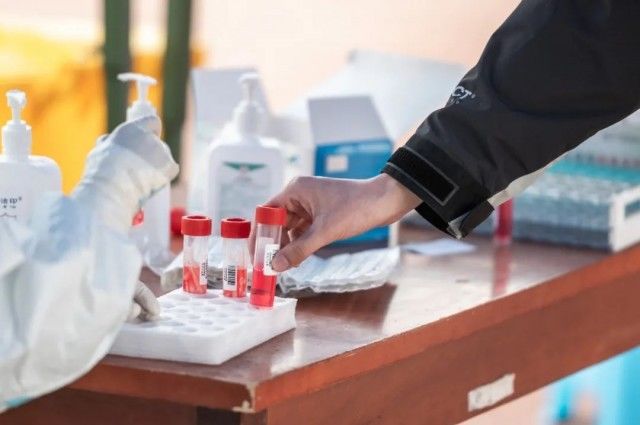In order to further improve the medical treatment of new coronary pneumonia, the National Health Commission and the State Administration of Traditional Chinese Medicine organized experts to revise the relevant content of the “New Coronary Virus Pneumonia Diagnosis and Treatment Plan”, and formed and released the “New Coronavirus Pneumonia Diagnosis and Treatment Plan” on the evening of March 15th. Diagnosis and Treatment Plan for Coronavirus Pneumonia (Trial Version 9).
At present, the Omicron strain has replaced the delta strain as the main epidemic strain. The clinical manifestations of patients with new coronary pneumonia show new characteristics, and new drugs for the treatment of new coronary pneumonia have been launched one after another. Treatment experience and treatment methods further enrichment. What are the new adjustments and deployments made in the new version of the diagnosis and treatment plan?
Mild cases may not be hospitalized. Why is this adjusted?
It is worth noting that the new version of the diagnosis and treatment plan implements classified treatment of cases.
For common, severe, critical cases and cases with severe high-risk factors, centralized treatment should be given in designated hospitals. Among them, severe and critical cases should be admitted to ICU for treatment as soon as possible, and patients with high-risk factors and prone to severe disease should also be treated. Admission to ICU treatment.
Mild cases are subject to centralized isolation management, and relevant centralized isolation places cannot isolate inbound personnel, close contacts and other groups at the same time. During the isolation management period, symptomatic treatment and condition monitoring should be done. If the condition worsens, it should be transferred to a designated hospital for treatment.
Why make this adjustment? Lu Hongzhou, a member of the National Health Commission’s Expert Committee on Disease Prevention and Control and President of Shenzhen Third People’s Hospital, explained that this is a scientific policy.
Lu Hongzhou said: “As a source of infection, if people with mild symptoms are not isolated, they will be passed on to their families and society. Therefore, it is necessary to concentrate in one place, similar to a Fangcang shelter hospital, and wait for the acute period, 7 to 10 days. In the future, the virus will lose its infectivity. If it is not contagious, you can return to society and go home. This is called science.”

Why was the 14-day quarantine after discharge changed to 7-day home health monitoring?
The plan adjusts the management of release from isolation, discharge standards, etc.
“Continue 14-day isolation management and health monitoring after discharge from hospital” was revised to “Continue 7-day home health monitoring after release of isolation management or discharge from hospital”.
The Ct value of the release from isolation management and the discharge standard has also been adjusted accordingly, from 40 in the past to 35 in the international standard. When the nucleic acid Ct value is ≥35, the virus cannot be isolated from the samples of infected persons in the convalescent period, and the close contacts are not found to be infected.
Analysis by Lu Hongzhou: “The Ct value is simply the number of times the virus is amplified. If the Ct value exceeds 30, although the virus can amplify it, it is not a live virus. We have done cell experiments, and it cannot If it infects cells, it proves that it is a dead virus. We have also sequenced the whole gene sequence of the virus, which is just a fragment of the virus, which proves to be a dead virus. This is more scientific, and there is no need to waste social resources, and there is no need to increase the number of patients. Increase the isolation time and cause physical and mental harm to the patient.”

Early antiviral treatment is a powerful weapon to prevent severe illness and death of patients
The new version of the diagnosis and treatment plan also proposes that the content of traditional Chinese medicine treatment has been revised and improved. Combined with the clinical treatment experience in various places, the application of non-drug therapy of traditional Chinese medicine was strengthened, and the content of acupuncture and moxibustion treatment was added; combined with the characteristics of children, the content of traditional Chinese medicine for children was added.
At the same time, further standardize antiviral treatment. Write two specific anti-new coronavirus drugs approved by the State Food and Drug Administration into the diagnosis and treatment plan.
Lu Hongzhou said that early antiviral treatment is a very effective weapon to prevent severe illness and death of patients.
Lu Hongzhou said: “The mechanism of this special antiviral treatment drug is to prevent the virus from replicating. If it is used in the early stage of a disease with a large number of virus replication, if the virus is not allowed to replicate, there will be no subsequent damage to the human body. Even if the patient is The elderly, with underlying diseases, kidney tumors, and low immune function, even for such patients who are prone to develop severe disease or death, after giving him early oral antiviral drugs, the virus will not replicate in the patient’s body, and it will not lead to multiple organs. If the function is damaged, severe illness and death will not occur.”

Can Omicron be compared to the flu?
Some people also believe that since there are anti-new coronavirus drugs, mild cases are also isolated in a centralized manner. Does this mean that Omicron can be compared with the flu? Wang Guiqiang, a member of the medical treatment expert group of the Joint Prevention and Control Mechanism of the State Council and director of the Department of Infectious Diseases at Peking University First Hospital, believes that this understanding is incorrect.
Wang Guiqiang believes: “Let’s take a step back, even if the fatality rate of Omicron and influenza are comparable, if there is a large-scale outbreak, medical institutions will be overwhelmed, and patients will be severely severed and die. At the same time, due to the shortage of medical resources The collapse and run have made it impossible for patients with diseases that should have been treated by doctors to receive effective treatment, which may lead to more medical and social problems.”